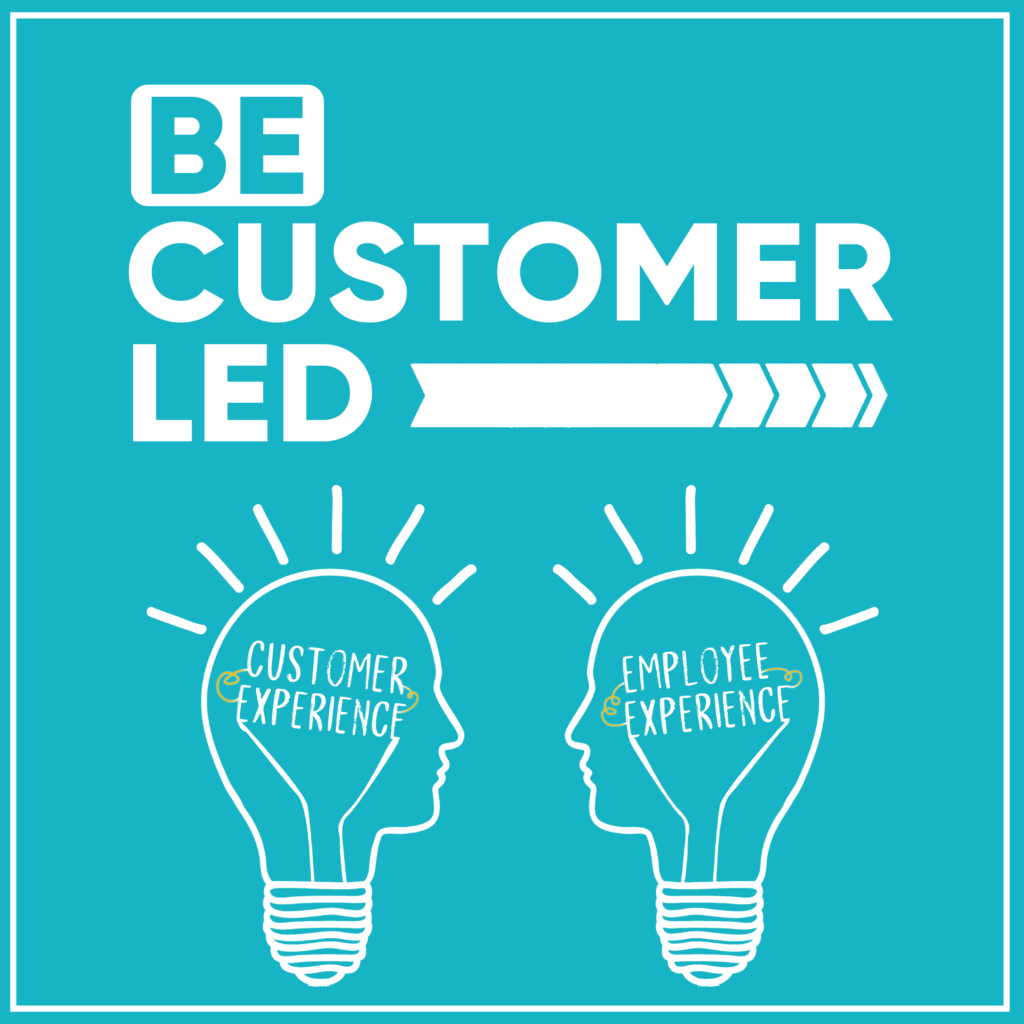I wanted to focus on Personas as more CX practitioners need to be engaging Product Owners as part of an Agile process. If you’re just starting out in the CX space and are trying to identify what your role is in an Agile process, it’s imperative that you know the history behind personas, how they’re developed, how they’re used, and why you need them.
Personas started being used in the early 80’s, but it wasn’t until Alan Cooper wrote ‘The Inmates Are Running the Asylum‘, published in 1998, that user personas were introduced as a practical interaction design tool for software. Based on a single-chapter discussion in that book, personas rapidly gained popularity in the software industry due to their unusual power and effectiveness.
The end-purpose of personas is to create reliable and realistic representations of your target audience for design. The representations should be based on both qualitative and quantitative user research. To note, they are only as good as the research behind them. So if we’ve done the research, they can be effective because they:
- Describe REAL people with backgrounds, goals and values
- Represent a major user group, or groups, to drive your design decisions; create 3 or 4 personas max!
- Express and focus on the major needs and expectations of these groups
- Can aid in uncovering universal features and functionality of the design
- Offer a clear picture of the users’ expectations and how they are likely to use your application, document, or how they’ll interact with the service
To ensure that personas are accurate representation of our customers, you should:
- Conduct user research and answer questions like: who are the users and are they using the tool, service, etc.? What behaviors, assumptions, and expectations influence their views?
- Synthesize the research and look for common characteristics that are specific and relevant to the users
- Name or classify each group
- Segregate the groups into primary, secondary and complementary categories if necessary; you might end up with 3 – 5 personas and their identifying characteristics
- Develop descriptions of each persona so they become realistic; backgrounds, motivations, and expectations of the product/service
So what type of information should we be including for your personas? They generally have the following pieces of information in their profile:
- Persona Group (e.g., Amazon Prime Customer + Audible)
- Fictional Name (e.g., Robert)
- Job titles or major responsibilities
- Demographics like age, education, ethnicity, and family status
- Goals and tasks they are trying to achieve with your product or service
- Physical, social or technological environment
- A quote that sums up what matters most to the persona as it relates to the product or service
- Casual picture representing the persona
So how does this all come together for you?
For starters, you likely already have a ton of information that can help – whether survey data, customer complaints, in-depth interview notes, etc. The key point here is that you do not want them to be 1- or 2-dimensional as they will lose impact. Truly understanding a persona’s needs – much like your own customers – doesn’t come from reading words on a page or talking in a conference room with your team members. It comes from going deep.
Understanding personas comes from truly embodying and experiencing the character of a persona, so it’s ingrained emotionally and physically in our memories. That sounds hard, doesn’t it?
How might each person in your team embody a persona for your business or was responsible for one end-to-end? This question got me thinking about Actors who do this type of stuff all the time. Stanislavski began teaching Method Acting back in the 1920’s and some of the world’s best Actors study the process of transformation, where they begin to take on the true nature of a character. And there is a term for this moment when they realize a character’s emotion and have truly become the character: moment of embodiment.
Now, I am not advocating any of you run out and take a Method Acting class (well, I sort of am, as it might be a lot of fun). What I am saying though is that our customers are more likely to have an amazing experience if they are more thoroughly considered at every stage of the Design process. One of the best ways to achieve this is to create personas that are real to you and me, to the full team, and to all of our internal partners and stakeholders. Imagine if a team collectively reached the ‘Moment of Embodiment’, the impact that could have on your customers’ experiences.
Imagine a Product Owner meeting that you participate in, where a team member, or members, knew everything about the personas developed – to the point where they take them on personally, as a persona themselves. The value of that to Product Owners would be off the charts!
So my challenge to each of you is to pick a persona you can identify with, and then get to know them through all of the data you have available. Because next time you’re in a meeting and you can say, with confidence, “here’s how ‘Robert’ would respond to that decision, and here’s why,” people might stand up and listen.
“Personas provide us with a precise way of thinking and communicating about how users behave, how they think, what they wish to accomplish, and why.” — Alan Cooper.
I hope you’ve found this post a little bit useful and it helps you get a little bit better each day.
